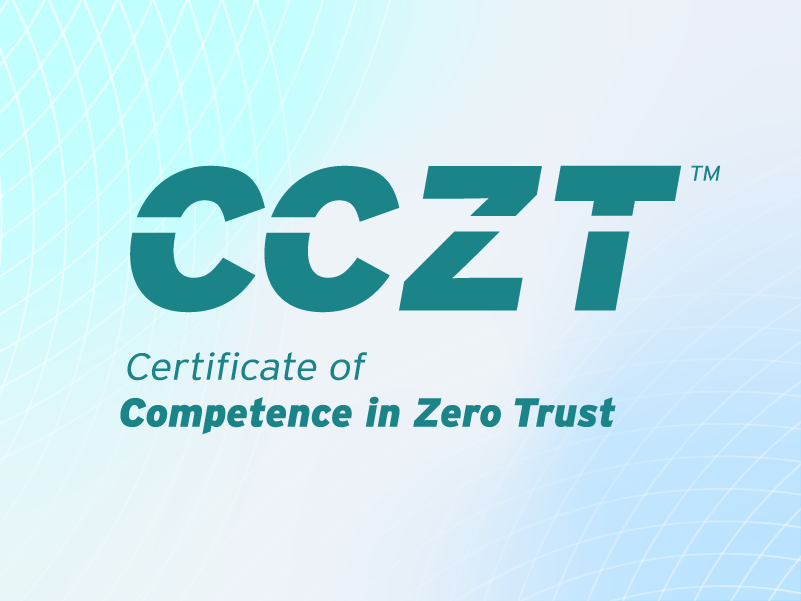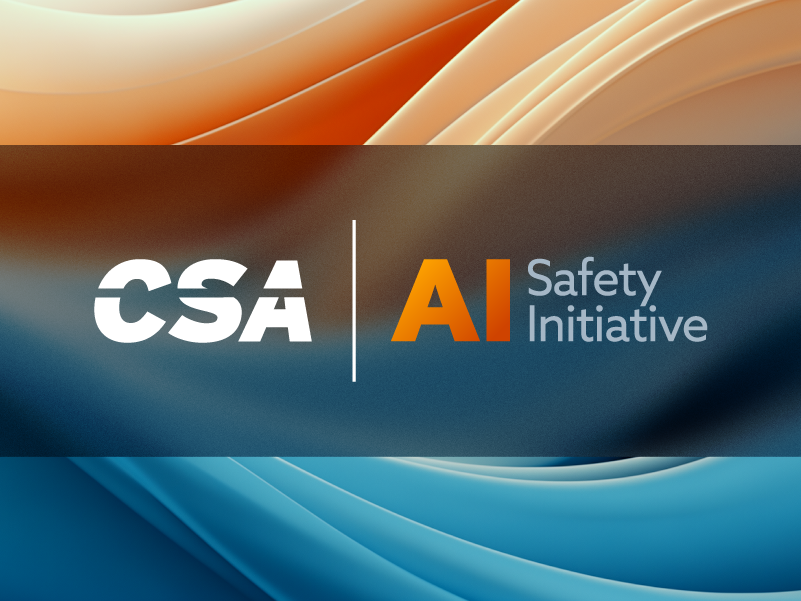Why AI Isn’t Keeping Me Up at Night
Published 04/01/2025
Written by John Kindervag, Chief Evangelist, Illumio.
Artificial intelligence is cybersecurity’s newest obsession.
With every advancement — like China’s recent DeepSeek AI announcement — comes fresh waves of alarm about AI-driven cyberattacks and the inevitable doom they’ll bring.
I understand the concern. The idea of AI-powered threats evolving faster than our defenses is unsettling.
But here’s the thing: I’m not losing sleep over it.
Zero Trust takes the fear factor out of AI-driven threats. Whether attackers leverage artificial intelligence, quantum computing, or a swarm of cybercriminals working in secrecy, Zero Trust significantly limits their chances of success.
Zero Trust neutralizes AI-driven threats
No matter how advanced an attack, it all hinges on one critical factor: access. Zero Trust ensures they never get it.
Traditional security models operate under the false assumption that everything inside a network perimeter is inherently trustworthy. That’s where the trouble starts. Breaches happen because implicit trust creates gaps that attackers exploit.
Zero Trust turns this model on its head. It denies all access by default, ensuring that only explicitly verified and authorized entities can interact with critical assets.
So even if AI supercharges attackers’ tactics, it still runs into the same roadblock: it has no permission to execute its plans.
AI can’t bend the rules of cyber physics
There’s a myth that AI can sidestep security controls with ease like some kind of digital sorcery. The reality is that AI still operates within the confines of established network protocols and cybersecurity principles.
Think of it like trying to play a game of chess with the same rules as checkers. AI can enhance a player’s strategy, but it can’t change the fundamental mechanics of the game.
Likewise, AI-driven attacks still rely on network access, lateral movement, and data exfiltration — all of which Zero Trust disrupts.
By enforcing strict access policies, Zero Trust acts like guardrails on a highway, keeping traffic in its designated lanes. Attackers can rev their AI engines all they want, but if the policy blocks their path, they’re stuck.
The real AI risk: unprotected AI systems
While AI-powered cyberattacks don’t keep me up at night, unsecured AI systems do.
Organizations rushing to integrate AI into their operations often overlook one crucial fact: AI is just as vulnerable as any other digital asset.
If left unprotected, AI models can be manipulated, poisoned, or outright stolen, turning a powerful security tool into a dangerous liability. That’s why AI itself must be secured within a Zero Trust framework.
Organizations must:
- Treat AI models as critical assets and enforce strict access controls.
- Monitor AI training data and outputs to prevent manipulation.
- Segment AI systems to prevent attackers from exploiting them as entry points into broader networks.
Zero Trust makes AI just another tool
Attackers will always evolve. AI is simply their latest innovation. But it only gives them an advantage if organizations cling to outdated security models.
Zero Trust already changed the game. It removes implicit trust, limits attack paths, and ensures that no matter how sophisticated an attacker’s approach, they still hit a dead end.
So no, I’m not losing sleep over AI. With Zero Trust in place, I know the real advantage still belongs to defenders.
Related Resources



Unlock Cloud Security Insights
Subscribe to our newsletter for the latest expert trends and updates
Related Articles:
The CSA Triangle Chapter’s Year of Momentum: 2025 Highlights
Published: 12/11/2025
Why Your Copilot Needs a Security Co-Pilot: Enhancing GenAI with Deterministic Fixes
Published: 12/10/2025


.jpeg)
.jpeg)
.jpeg)
.jpeg)